Floating WaterPod Dome Home Cleans Trash in Rivers
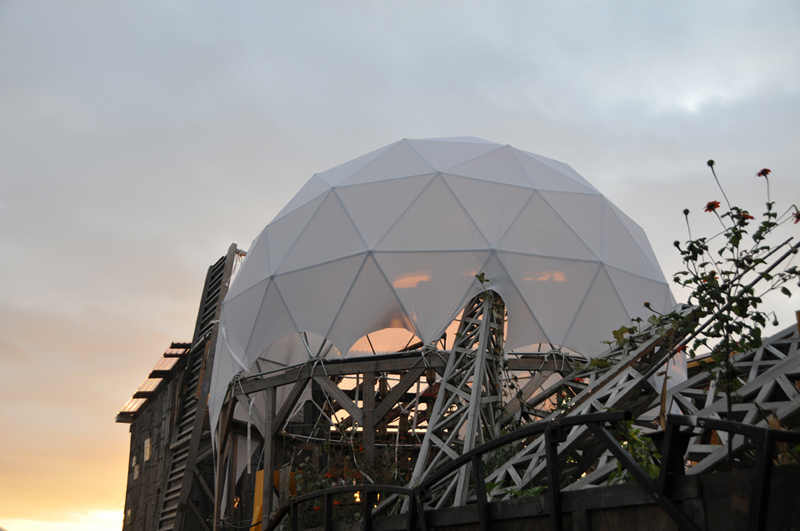
Some say this floating, trash-cleaning dome home project reflects a pessimistic vision of our future on Earth, others say it is a realistic response to a planet in peril – but most people will be hard-pressed to deny that this is a sensational undertaking in sustainable design regardless of global perspectives – particularly given that it is going on right in the heart of New York City.
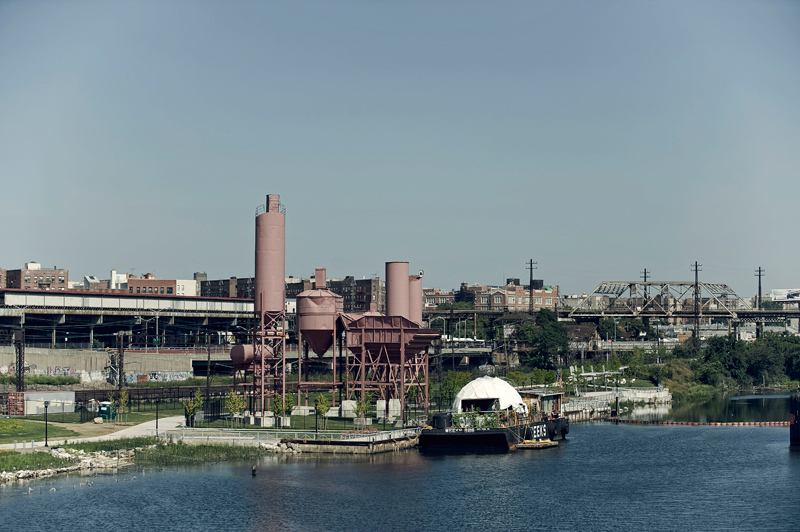
Part houseboat and part private floating island, the so-called WaterPod by Mary Mattingly sits somewhere between visionary green architecture and installation art project. Constructed of recycled wood, metal, plastic and cloth and designed to run on solar, wave and wind power, it is intended to become the ultimate off-the-grid, self-sufficient water-based housing unit.
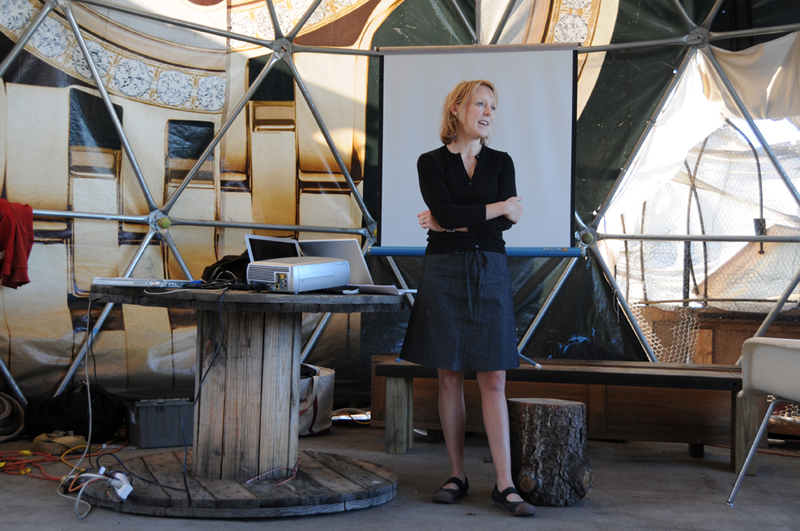

So wait, is it a concept or reality? A bit of both: the real-life plan includes a working prototype that will travel around New York City but remain independent, growing its own food and recycling and filtering water from the notoriously dirty Hudson River.
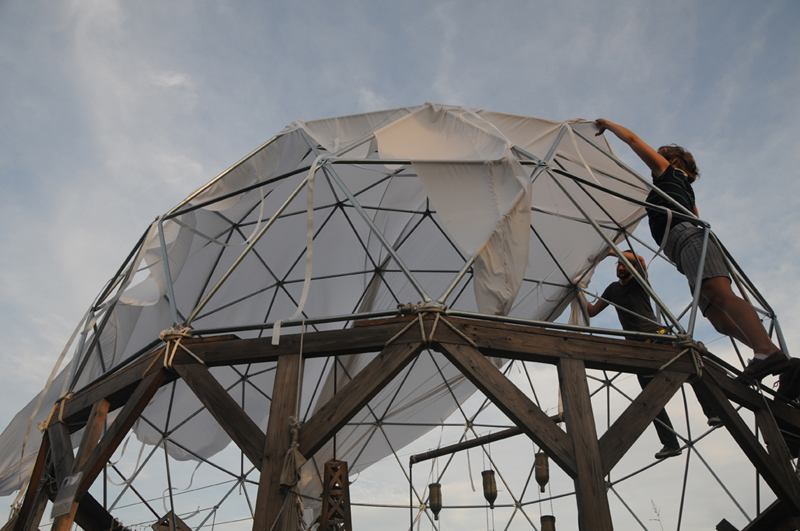

And in the future? In theory, this is just the start of something much larger … a single unit that could spawn sibling structures to house other individuals. It could be the beginning of a real-life Waterworld or simply a visionary project with a fascinating message, a raucous water-based version of Burning Man or the true beginnings of some kind of futuristic temporary (or permanent) autonomous zone.
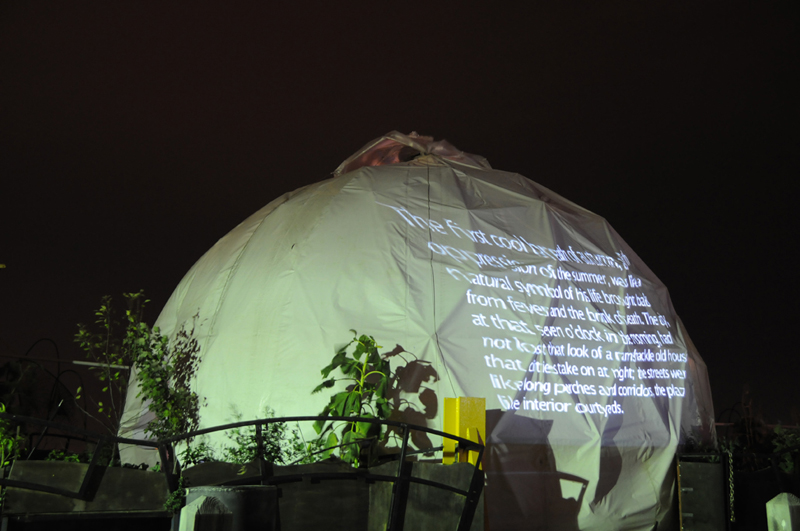
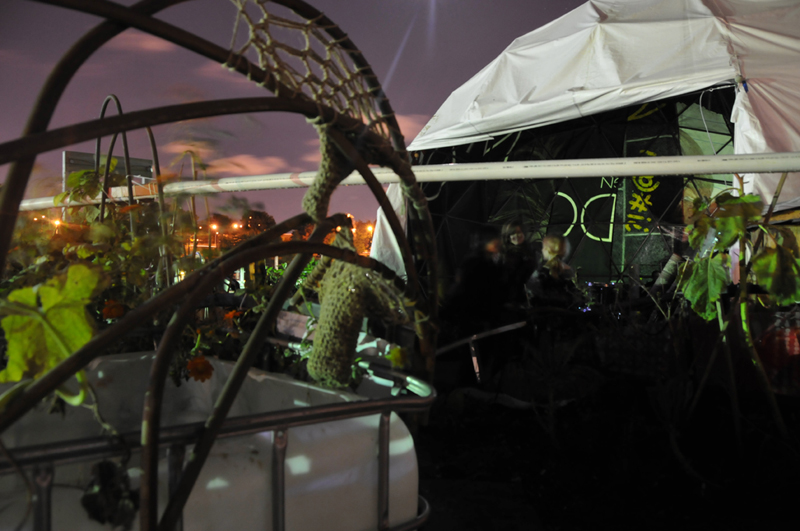
More info:
“The New York-based artist Mary Mattingly designed the project The Waterpod, an eco-floating habitat evoking the works of Buckminster Fuller, Andrea Zittel, Robert Smithson & Constant Niewenhuis. The Waterpod structure was built on a deck barge where systems were installed to generate food, water and energy. Four cabins were built for a group of resident artists and communal areas were built for the artists and visitors. The Waterpod was to be a free and participatory public space in the waterways of New York City, and represents an intervention and a gift from a team of artists, designers, builders, engineers, activists working with various groups, as well as companies participating ‘pro bono publico’ or ‘for the public good.'”
“These contributors were brought together to create an environment that included both public resources and a private experiment, an aquatic and terrestrial, interior and exterior mobile hybrid. The platform moved throughout the five boroughs of New York and Governors Island between June and October 2009. In addition to the team that conducted the project, many artists from New York and elsewhere came to visit and contribute to its evolution. Occurrence has organized the visit of Canadian artists on the Waterpod in summer 2009 as we celebrate its 20th birthday.”




